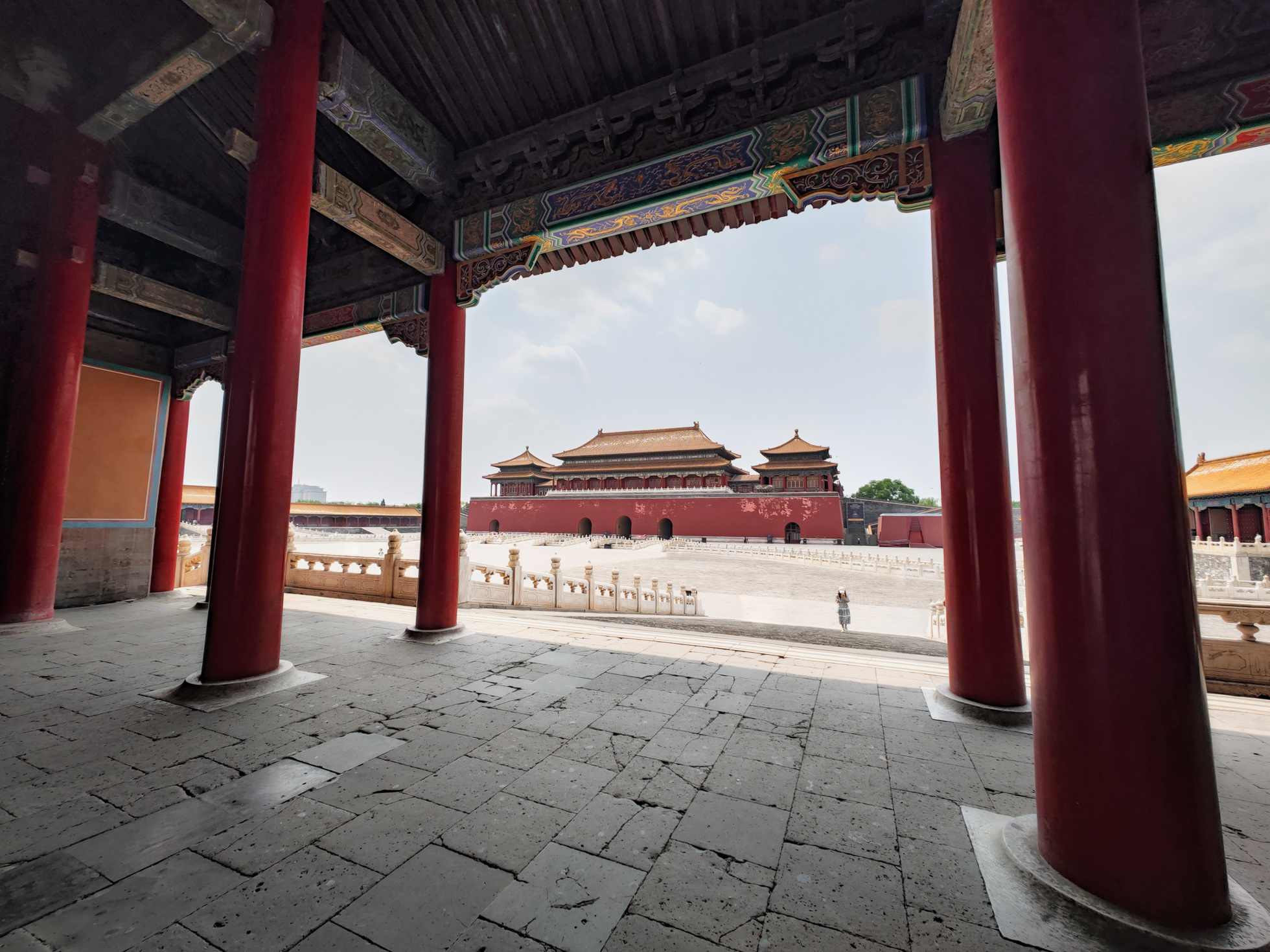Beijing
In March 2022, I embarked on a 3-month business trip to Beijing. It was a time when China remained largely cut off from the rest of the world due to the ongoing Covid pandemic. Securing flights to China was an arduous task, as they were scarce, incredibly challenging to book, and many were abruptly canceled shortly before departure. Moreover, direct flights to Beijing were non-existent. Luckily, I managed to secure a seat on one of the few charter flights organized by the German Chamber of Commerce Abroad to Qingdao.
Qingdao
Upon arrival in Qingdao, I found myself obligated to undergo a mandatory three-week hotel quarantine. I was fortunate enough to be allocated a room that offered a great view of the sea, lending a touch of solace to an otherwise restricted experience. The quarantine facility provided three delectable hot meals each day and a quite unpleasant PCR test every other day.
Chaoyang
After completing the hotel quarantine in Qingdao, I embarked on an express train journey to Beijing, a mere three-hour ride. Arriving in Beijing, I had the pleasure of staying at the luxurious Kempinski hotel, nestled in the vibrant Chaoyang district. The hotel’s location was truly enchanting, as it graced the banks of the picturesque Liangma River, beckoning me to indulge in a leisurely stroll along its tranquil shores. This refreshing walk served as a delightful respite, providing a welcome escape from the seclusion I had experienced during the preceding three weeks.
798 Art Zone
The 798 Art Zone derives its name from the 798 factory, which was built in the 1950s with the assistance of East Germany. Over the years, as the factory ceased operations, artists began to occupy the vacant spaces, giving rise to an artistic revolution that has flourished ever since. Today, the district showcases an impressive collection of galleries, studios, museums, and avant-garde exhibitions, making it a haven for both established and emerging artists.
City Center
Changping
Beihai Park and Shichahai
I visited Beihai Park several times during my stay in Beijing. The park’s beautiful gardens and the serene Beihai Lake provided a welcome escape from the busy city. The park’s centerpiece is Beihai Lake, where one can enjoy boat rides, leisurely walks along its shores, or climb up to the iconic White Dagoba, a Tibetan-style stupa on Qionghua Island.
To the north of the park is Shichahai, which comprises three interconnected lakes—Qianhai, Houhai, and Xihai. These lakes are surrounded by traditional courtyard homes known as hutongs, which showcase the architecture of old Beijing.
Jingshan-Park
Jingshan Park, located near the Forbidden City, offers stunning views of the cityscape. Climbing to the top of Jingshan Hill, I was greeted with a panoramic vista stretching from ancient palaces to modern skyscrapers. The park features beautiful gardens, pavilions, and winding paths that create a serene oasis in the bustling city. Historical structures like the Pavilion of Everlasting Spring add to its charm. Jingshan Park provides a peaceful escape and a glimpse into Beijing’s rich history and natural beauty.
Summer Palace
The Old Summer Palace, or Yuanmingyuan, is a ruined imperial garden complex in Beijing with a tragic history. It suffered significant damage during the Second Opium War in 1860.
The New Summer Palace, a UNESCO World Heritage Site, was meticulously restored and showcases a harmonious blend of nature and architecture. It features stunning gardens, pavilions, and the picturesque Kunming Lake.
Great Wall
One of the few positive aspects of the pandemic was that most people in Beijing chose to stay at home. Due to the low number of COVID cases in the city, there was little fear of the virus itself, but strict restrictions caused apprehension. Being in the wrong place at the wrong time could result in a lengthy home quarantine or even being sent to one of the several central quarantine facilities. Additionally, with no Chinese or international tourists in Beijing, the popular attractions were not crowded. This provided us with a rare opportunity to visit the Great Wall of China without the usual masses of tourists.
Olympic Park
The Olympic Park and the Bird’s Nest in Beijing are famous landmarks from the 2008 Summer Olympics. The Olympic Park is a large area with beautiful gardens and water features. The Bird’s Nest is a unique stadium with an impressive design.
Tiananmen Square
Getting to Tiananmen Square was far from easy. I had to pass through three security checkpoints where they carefully examined my passport and electronic ticket. Upon arrival, the sight was surprising – only a few policemen, a cleaning lady, and myself occupied this massive square. There were no local Beijing citizens or tourists around, just vast, empty space. If you’re unfamiliar with the history of Tiananmen Square, a quick Google search will reveal its significance.
Forbidden City
Visiting the Forbidden City feels like going back in time and seeing China’s history. It’s a special place to experience the country’s rich culture and grand architecture. And just like on the Great Wall, the COVID measures had also resulted in a pleasant visitor density in the Forbidden City.
Gubei Water Town
Gubei Water Town is a charming destination located near the Simatai section of the Great Wall. It is designed to resemble an ancient Chinese water town, featuring traditional architecture, cobblestone streets, and picturesque canals.

